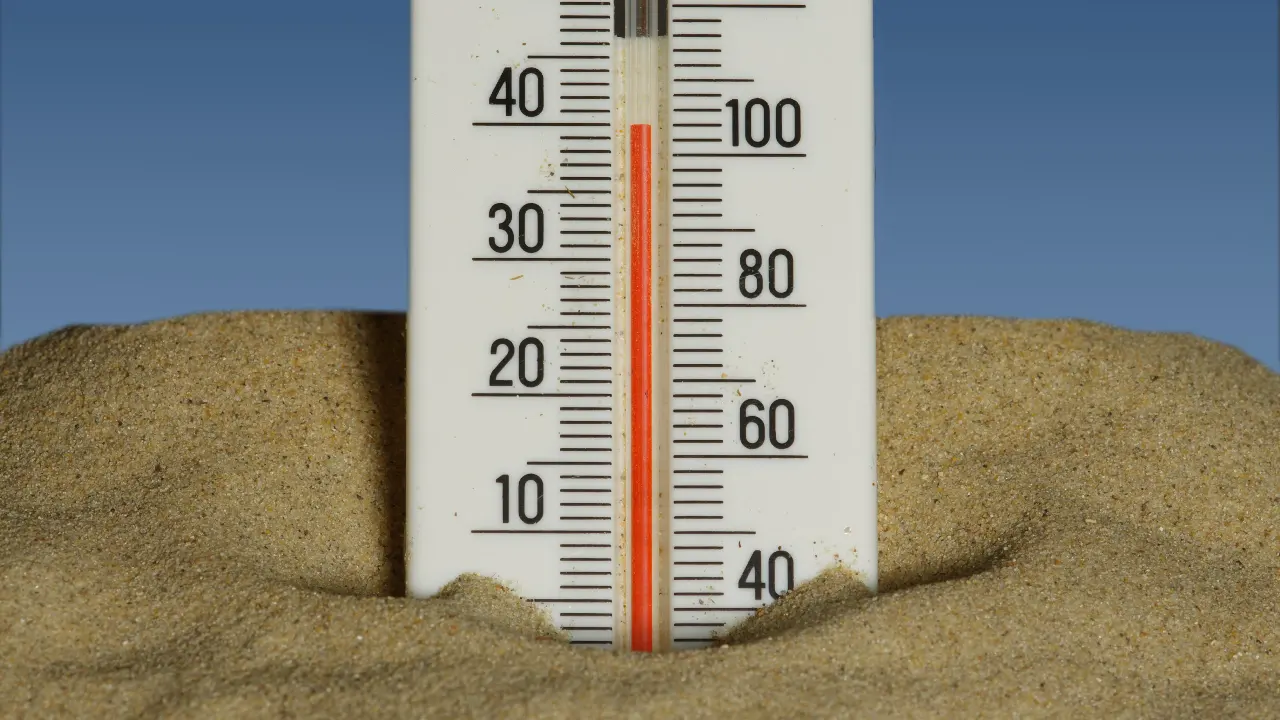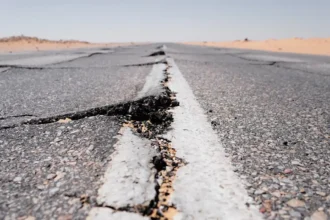Extreme temperatures have silently killed thousands of people across India over two decades, according to a groundbreaking study from researchers at OP Jindal Global University. Reported by DownToEarth and The Journal Published by Temperature journal, shows that nearly 35,000 Indians died due to temperature extremes between 2001 and 2019. This number reveals how weather can be a serious but often overlooked health threat.
Heat and Cold: A Deadly Comparison
The study found that more people died from extreme heat than cold. Of the total deaths, 19,693 people lost their lives to heatstroke while 15,197 died from cold exposure. The year 2015 stands out as particularly deadly.
| Death Type | Total (2001-2019) | Worst Year (2015) |
|---|---|---|
| Heatstroke | 19,693 | 1,907 |
| Cold Exposure | 15,197 | 1,147 |
Different states face different levels of risk. For heatstroke, the worst-hit states include Andhra Pradesh, Uttar Pradesh, Punjab, Odisha, and West Bengal. For cold exposure, Uttar Pradesh leads the danger list, followed by Punjab, Bihar, Haryana, and Jharkhand.
Who Faces the Highest Risk?
The study reveals striking differences in who dies from temperature extremes. Men are much more vulnerable than women, according to the research led by Pradeep Guin. The gender gap is particularly alarming:
- Men are 3-5 times more likely to die from heatstroke than women
- Men are 4-7 times more likely to die from cold exposure than women
- Working-age men (30-59 years) face the highest risk from heat
When you work outdoors in extreme heat, your body struggles to cool itself properly. This puts many working men at serious risk, especially those in physical jobs like construction or farming.
A Growing Problem
The danger appears to be getting worse over time. According to Factly, the yearly average of heatstroke deaths nearly doubled from 664 during 2000-2004 to 1,307 during 2015-2019.
TheHindu reports even more alarming numbers when considering all temperature-related health impacts, not just direct deaths. Their data suggests over 700,000 deaths yearly in India have some connection to abnormal temperatures.
Understanding Heat-Related Deaths
What exactly counts as a heat-related death? According to TOI, the National Center for Disease Control (NCDC) defines it as a death caused or significantly contributed to by high ambient temperature. This includes:
- Deaths from heat stroke or hyperthermia
- Deaths with lower body temperatures when cooling has been attempted
- Deaths with clinical history of mental status changes
- Deaths with elevated liver and muscle enzymes
PMC notes that even short heatwaves, defined as two consecutive days above the 97th percentile temperature, can increase daily mortality by 14.7%. This means when you experience just two unusually hot days, the risk of death rises significantly.
Researchers are calling for better state-focused strategies to reduce these preventable deaths. They also highlight the need for improved reporting to detect potential gender bias in how these deaths are recorded and counted.











